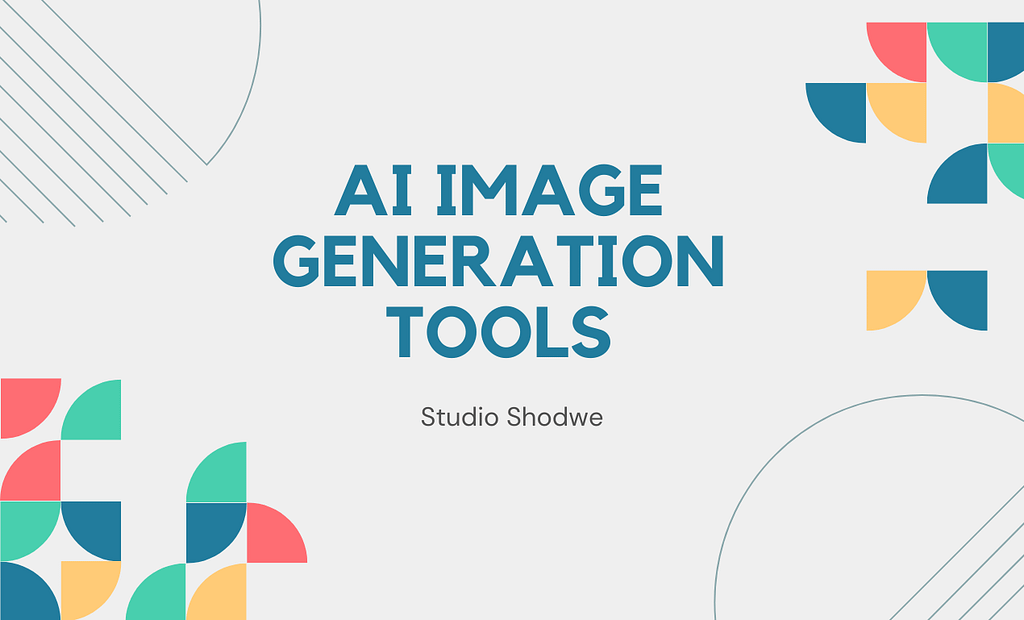A Comprehensive Guide to Using AI image generation Tools: Four Prompting Techniques and Their Uses

Artificial intelligence has made significant strides in the realm of image generation, providing powerful tools for artists, designers, and businesses. AI image generation tools can create stunning visuals from simple text prompts, revolutionizing how we approach creative processes. In this blog, we will explore a comprehensive guide on using AI image generation tools, focusing on four essential prompting techniques and their various uses.
Understanding AI Image Generation
AI image generation involves using machine learning algorithms to create images from textual descriptions or other inputs. These tools leverage large datasets of images and text to learn patterns and associations, enabling them to generate realistic and creative visuals. Popular AI image generation models include DALL-E by OpenAI, MidJourney, and Stable Diffusion, among others.
Four Prompting Techniques for AI Image Generation
1. Descriptive Prompting
Overview:
Descriptive prompting involves providing detailed textual descriptions to guide the AI in generating images. This technique relies on clear and specific language to convey the desired visual attributes.
How to Use:
- Be Specific: Include details about colors, shapes, sizes, textures, and other visual elements.
- Context Matters: Provide context for the scene or object to ensure the AI captures the intended setting or mood.
- Iterative Refinement: Start with a broad description and refine it iteratively to achieve the desired result.
Examples:
- “A serene beach at sunset with palm trees swaying in the breeze and waves gently crashing on the shore.”
- “A futuristic cityscape with towering skyscrapers, flying cars, and neon lights illuminating the night sky.”
Uses:
- Concept Art: Generate detailed concept art for films, video games, or animations.
- Marketing: Create visually appealing images for advertising campaigns, social media posts, and promotional materials.
- Storytelling: Illustrate scenes and characters for books, comics, or graphic novels.
2. Style-Based Prompting
Overview:
Style-based prompting focuses on specifying the artistic style or medium in which the image should be generated. This technique allows users to create images that match a particular aesthetic or artistic tradition.
How to Use:
- Specify Style: Mention the desired artistic style, such as impressionism, cubism, or realism.
- Combine Elements: Combine style specifications with descriptive elements to achieve a unique look.
- Reference Artists: Reference specific artists or art movements to guide the AI.
Examples:
- “A portrait of a woman in the style of Vincent van Gogh, with bold brushstrokes and vibrant colors.”
- “A cityscape painted in the style of 19th-century Japanese woodblock prints.”
Uses:
- Art and Design: Create original artworks or design elements that fit a specific artistic theme.
- Branding: Develop unique visual identities for brands, incorporating distinctive artistic styles.
- Educational: Illustrate historical art styles for educational purposes or art appreciation.
3. Functional Prompting
Overview:
Functional prompting involves guiding the AI to generate images with specific functional purposes or practical applications. This technique is useful for creating images that serve a particular need or solve a problem.
How to Use:
- Define Purpose: Clearly state the functional purpose of the image, such as illustrating a product feature or visualizing data.
- Highlight Key Elements: Focus on the critical components that the image must include to serve its purpose.
- Use Constraints: Provide constraints or requirements that the AI must adhere to, such as size or format.
Examples:
- “An infographic illustrating the process of recycling, with icons and step-by-step descriptions.”
- “A product mockup of a smartwatch showing various health tracking features on the screen.”
Uses:
- Product Design: Create visual representations of product concepts, prototypes, or features.
- Data Visualization: Generate infographics, charts, and diagrams to visualize complex data.
- Instructional: Develop instructional materials, such as step-by-step guides or educational illustrations.
4. Conceptual Prompting
Overview:
Conceptual prompting focuses on generating abstract or imaginative images that convey ideas, emotions, or themes. This technique allows for creative exploration and artistic experimentation.
How to Use:
- Abstract Descriptions: Use abstract or metaphorical language to inspire the AI to think creatively.
- Emphasize Emotions: Highlight the emotions or themes you want the image to evoke.
- Encourage Experimentation: Allow for open-ended and unexpected results by providing broad and imaginative prompts.
Examples:
- “A visual representation of the concept of time, with clocks melting and intertwining in a surreal landscape.”
- “An abstract depiction of the feeling of joy, with bright colors and dynamic shapes.”
Uses:
- Artistic Exploration: Create unique and original artworks that explore abstract concepts and emotions.
- Therapeutic: Develop visual aids for art therapy, helping individuals express and understand their emotions.
- Creative Projects: Inspire creativity in various projects, from album covers to experimental film visuals.
Table of Contents
Conclusion
AI image generation tools offer immense potential for creative professionals, businesses, and enthusiasts. By mastering descriptive, style-based, functional, and conceptual prompting techniques, users can harness the power of AI to generate stunning and diverse visuals. Whether you’re looking to create detailed concept art, unique branding elements, practical illustrations, or abstract artworks, these prompting techniques provide a comprehensive guide to leveraging AI image generation effectively. As AI continues to evolve, the possibilities for innovation and creativity in image generation are boundless, opening new horizons for visual expression and problem-solving.
